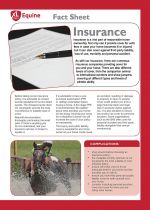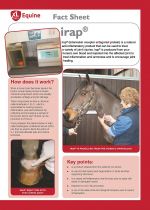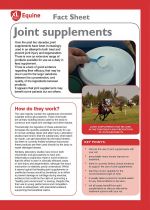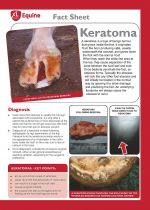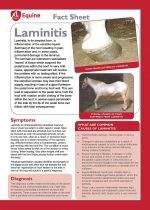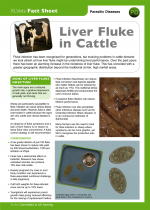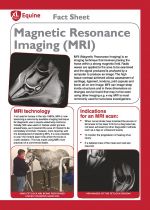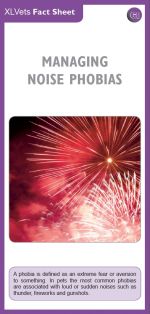Factsheets -
Below are Word and PDF files of our Factsheets. You will need Adobe Reader to view the PDF files - if you need to download Adobe Reader please click here.
Please note: some of these factsheets are several pages long and are large files, so please be patient when downloading!
Insurance
Insurance is a vital part of responsible horse ownership. Not only can it provide cover for vet’s fees in case your horse becomes ill or injured, but it can also cover against third party liability, loss of use, mortality and personal accident.
As with car insurance, there are numerous insurance companies providing cover for you and your horse. There are also different levels of cover, from the companion animal to international eventers and show-jumpers, covering all different types and levels of athletic ability.
irap
irap® (interleukin receptor antagonist protein) is a natural anti-inflammatory product that can be used to treat a variety of joint injuries. irap® is produced from your horse’s own blood and injected into the affected joint to treat inflammation and lameness and to encourage joint healing.
Joint supplements
Over the past two decades, joint supplements have been increasingly used in an attempt to both treat and prevent joint injury and degeneration. There is now an extensive range of products available for use as a daily in feed supplement.
There is a lack of good evidence regarding their efficacy; that may be due in part to the large variations between the concentration, and quality, of the ingredients between products.
It appears that joint supplements may benefit some patients but not others.
Keratoma
A Keratoma is a type of bengin tumor that grows inside the foot. It orginates from the horn producing cells, usually underneath the coronet, and grows down the foot with the normal hoof.
Laminitis
Laminitis, in its simplest form, is inflammation of the sensitive layers (laminae) of the hoof resulting in pain, inflammation and, in some cases, permanent damage to the laminae.
Magnetic Resonance Imaging (MRI)
MRI (Magnetic Resonance Imaging) is an imaging technique that involves placing the horse within a strong magnetic field. Radio waves are applied to the area to be examined and the signal produced is analysed by a computer to produce an image. The high tissue contrast achieved allows assessment of cartilage, ligament, tendons, joint capsule and bone; all on one image. MRI can image deep inside structures and in three dimensions so changes can be found that may not be seen using other imaging e.g. x-ray. MRI is most commonly used for lameness investigations.
Managing Noise Phobias
A phobia is defined as an extreme fear or aversion
to something. In pets the most common phobias
are associated with loud or sudden noises such as
thunder, fireworks and gunshots.
Managing the Periparturient Cow
The time immediately around calving (periparturient period) is the most critical part of a cow's year for many health and production reasons.
